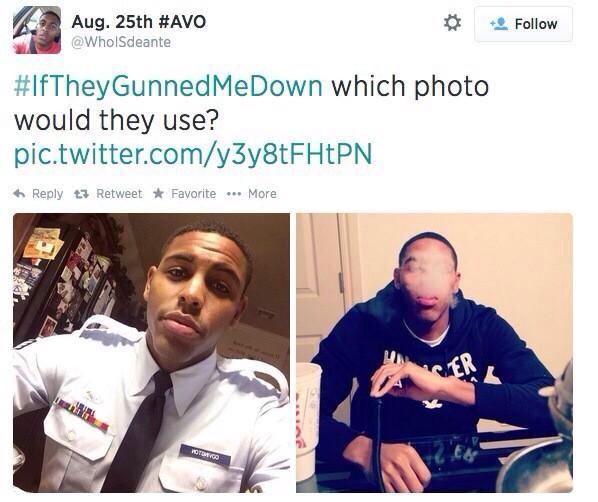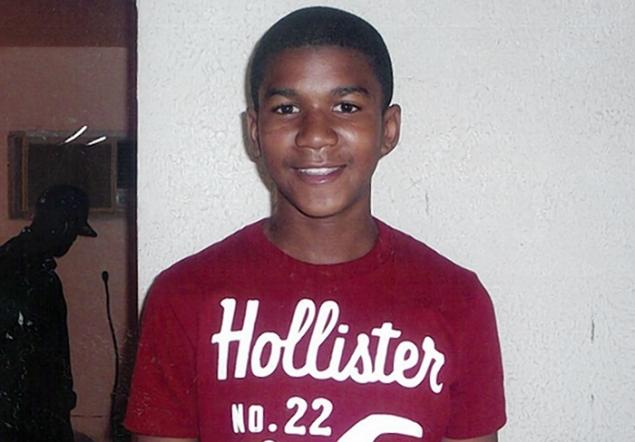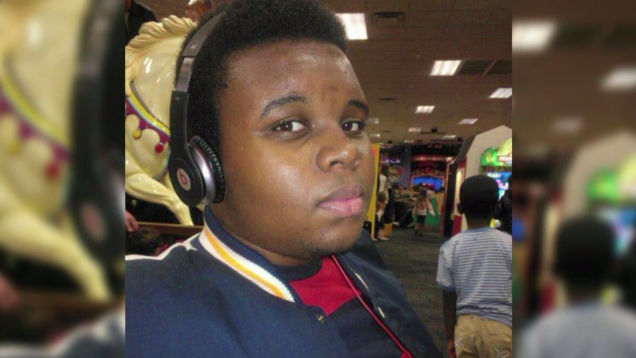
A NYC storefront decked out with rainbow balloons for Pride Month
(taken by Instagram user lovekinsdesigns)
Pride Month 2018 has now come and gone, and I think it’s safe to say that public support for the LGBTQIA+ community is at an all-time high. But being the skeptic that I am, I’ve begun to view the mainstreaming of this movement through a more cynical perspective. In order to better understand where this feeling stems from, please bear with me as I recount two anecdotes:
1) The Prideful Gym Bro
A few weeks ago, I forgot to charge my workout headphones and as a result, was forced to listen to top 40 music blared over the gym speakers along with the ambient conversations of fellow sports club patrons. It was the week before the Manhattan Pride parade, and I overheard a “bro” telling his workout partner that he was planning on going to the parade because his friends (a straight couple) were allies, and invited him last year with the promise of a lot of single straight women that he could hit on.
2) Hateful Accusations
My group of friends and I were at a backyard bar in Gowanus on the same day as the Brooklyn Pride parade. We were having normal conversation over cigars within earshot of a presumably gay twosome (one man and one woman) who had just left the parade. Halfway into our stay, the bartender came to the yard and informed us there was a complaint against us for using homophobic slurs. We had said no such things, and figured the two individuals were upset that the wind was carrying some smoke into their general direction, so they made up an accusation to the bartender. They ended up leaving and we had several follow-up conversations with the bartender, where she wrote off the incident as an inconsequential misunderstanding, albeit likely purposeful. I’d been wearing my pride rainbow watch band all month (see below), which lent much-needed credence to our side of the story. But I couldn’t help but think about how easily we could’ve been labeled bigots otherwise.
Baudrillard’s Simulation
On reflection, these incidents brought to mind a YouTube video about the hidden brilliance of the Comedy Central show Nathan For You (stick with me on this one). In the video essay, user Full Fat Videos explains that one of the most unique storytelling aspects of Nathan Fielder’s reality show is that the people being “pranked” never find out (until the show is aired); to them, the simulation is effectively the same as if it were real, citing French philosopher Jean Baudrillard’s idea of simulation (this ELI5 reddit thread explains it in simple terms). The unwitting participants are subject to carefully fabricated scenarios meant to simulate real life (albeit, in a highly exaggerated manner), and as long as the facade is maintained, it makes no practical difference to their experience vs. if the scenarios were genuine (or to any observers not in on the joke).
So why am I writing about all this on a marketing/advertising blog?
Bear with me again.
Walking around Manhattan last month, I saw many businesses and companies temporarily adopting rainbow palettes. This includes places where I’ve worked – my past two ad agencies are very progressive (which is par for the course for most New York companies with a heavy makeup of creative liberal millennials), and have participated in initiatives supporting the community. Some genuine, some seemingly for virtue signaling purposes.
All of these instances are symbols, as described by Baudrillard. The rainbow flags and integration of associated colors are shorthand for corporate support of the movement, but their exaggeration and constant exposure through mass media may have morphed their original meaning(s).
Similar to the Nathan For You example, what if companies are feigning pride simply because they feel they’re supposed to? If people never find out that the brands are being disingenuous, does it make a difference to observers?
If 1,000 gym bros only attend the parade for ulterior motives (unbeknownst to other participants), does it matter if their presence at the event ends up bolstering attendance and makes it appear that more people support the cause?
On the other hand, if all symbols eventually extend beyond their original meanings, then I could very well have been wearing my pride watch band not because I support the LGBTQIA+ community, but because they’re the colors du jour (for the record, this is not the case). Or even worse, through the eyes of the complainers, I wear the colors so I cannot be accused of hateful speech (also not the case). I think both perspectives are ridiculous, but plausible if everything’s truly a simulation divorced from their original meanings.
Does any of this matter?
Do the ends justify the means, or are the ends in of themselves the only thing that matters? If PR teams feel pressured into launching pride adjacent campaigns and their efforts spread awareness and evangelism, would it matter if they aren’t congruent with actual company values? Over time, doesn’t leveraging the symbolism of LGBTQIA+ turn a company into a de facto ally in the eyes of the public? As a corollary, if a company is effusively pro-LGBTQIA+ but doesn’t do any tangible CSR initiatives to that end, is it truly an ally or an ally in name only?
Taking this a step further – if politicians and policy makers change their minds on issues to reflect evolving public opinion, does it matter why they changed their stance?
For instance, when President Obama was first campaigning in 2008, he very publicly stated that he believed marriage was between a man and woman. Over time, he softened that stance to be more inclusive, and it was under his tenure (and Supreme Court appointments) that same-sex marriage was declared a constitutional right.
For the sake of argument, let’s say Obama in 2015 still believed gay marriage shouldn’t have been allowed. If he were publicly pressured into adopting a stance to the contrary, which led to a ruling that benefited the gay community, would it matter why he “flip-flopped”?
It’s hard to say, and I certainly do not have a definitive answer.
But in general, I think it would benefit everyone to be more critical of brands using pride month (or any other social movement) as a marketing tool, lest we all get lost in the simulation. Take a look at what tangible things those brands are doing to benefit the community, and suss out shallow lip service.
And before I wrap up, here’s a wonderful image that succinctly sums up my cynicism:









